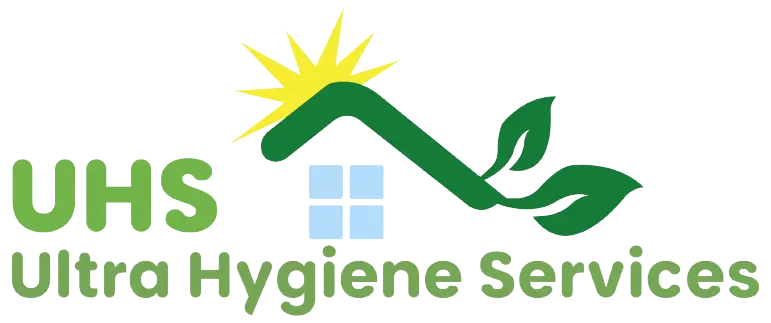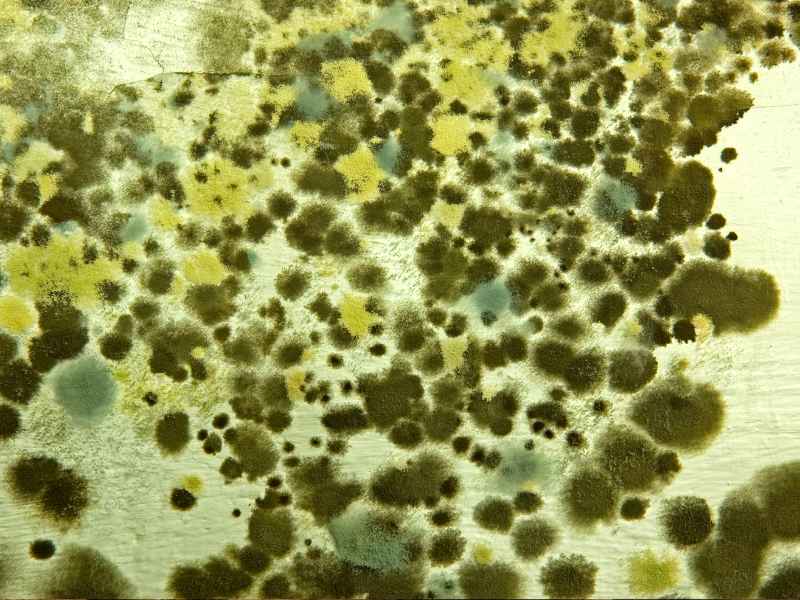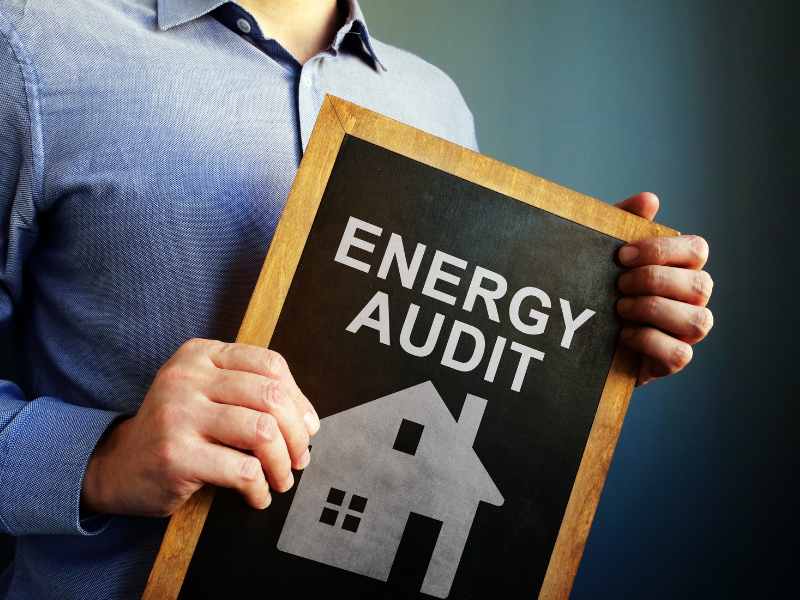In the aftermath of Hurricane Helene, keep in mind that protecting indoor air is a key part of safe flood recovery.
Flooding, storm surge, and wind damage from hurricanes can introduce new hazards indoors and worsen existing ones. Flood waters can carry biological and chemical contaminants indoors, and standing water and wet materials can become a breeding ground for viruses, bacteria, and mold. Exposure to these contaminants can cause disease, trigger allergic reactions, and continue to damage materials long after the flood. Learn more about Floods and Indoor Air Quality.
Installing Roof, Window, and Door Tarps
Removing Standing Water
Wall Cleanup and Removal
Lead-Based Paint may be present in your home and cause immediate harm to you or your children.
This video will help you determine how to remove and clean drywall, plaster, and wood paneling.
- Determine the hazards of lead-based paint before removing interior walls.
- Determine what mask you should wear while removing wall material.
Floor Cleanup and Removal
- Determine if your home may have asbestos-containing materials.
- Determine what mask you should wear during floor cleanup and removal.






